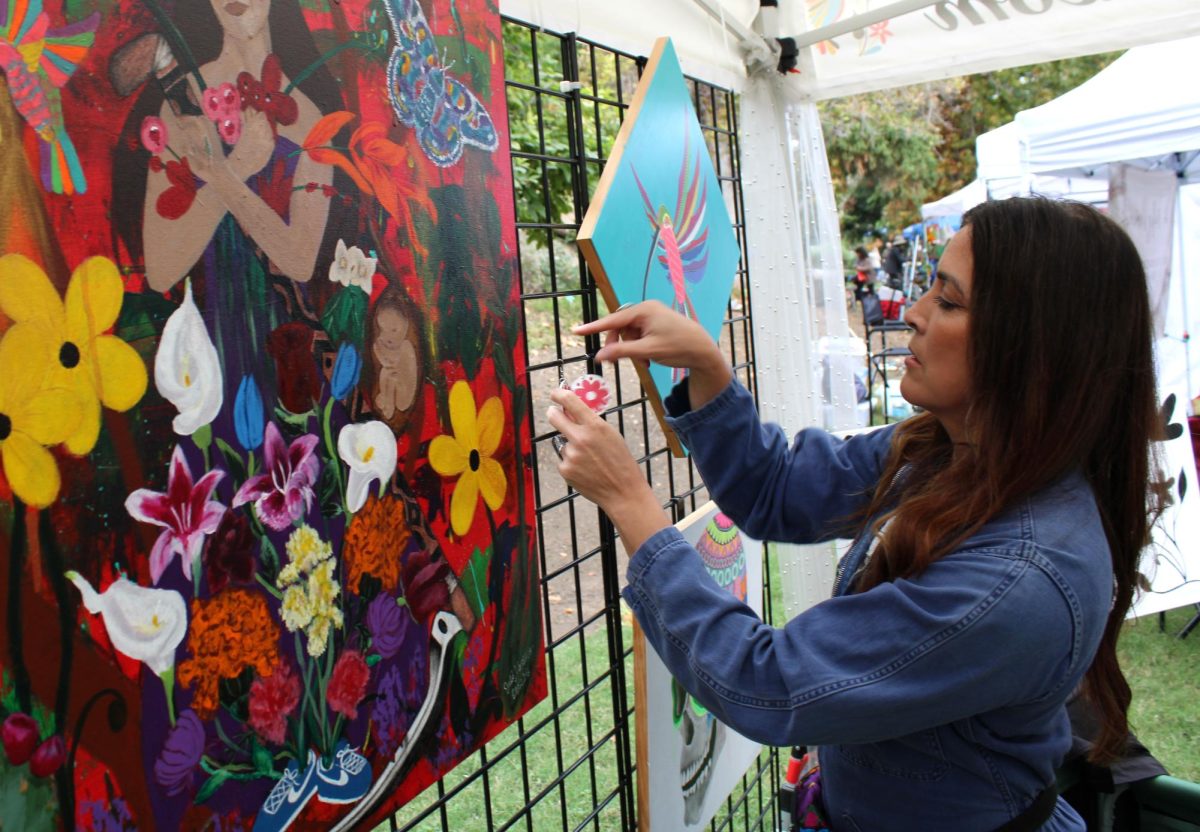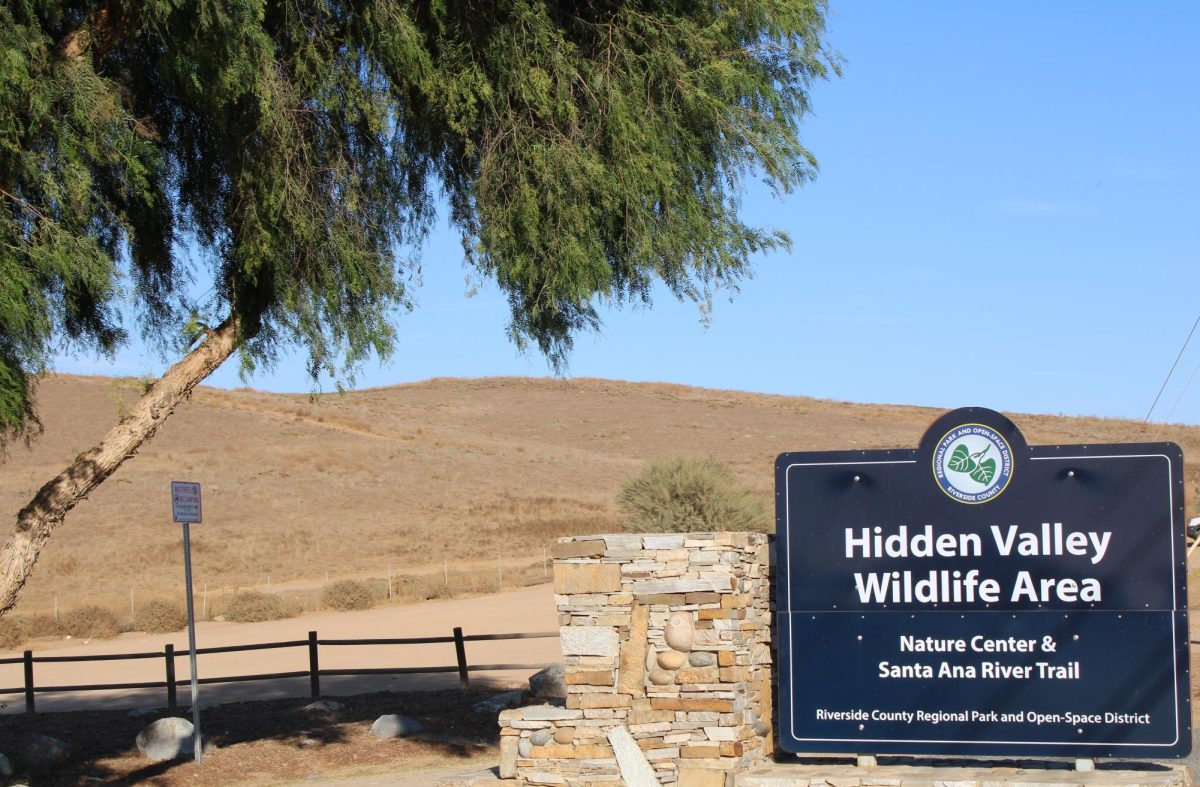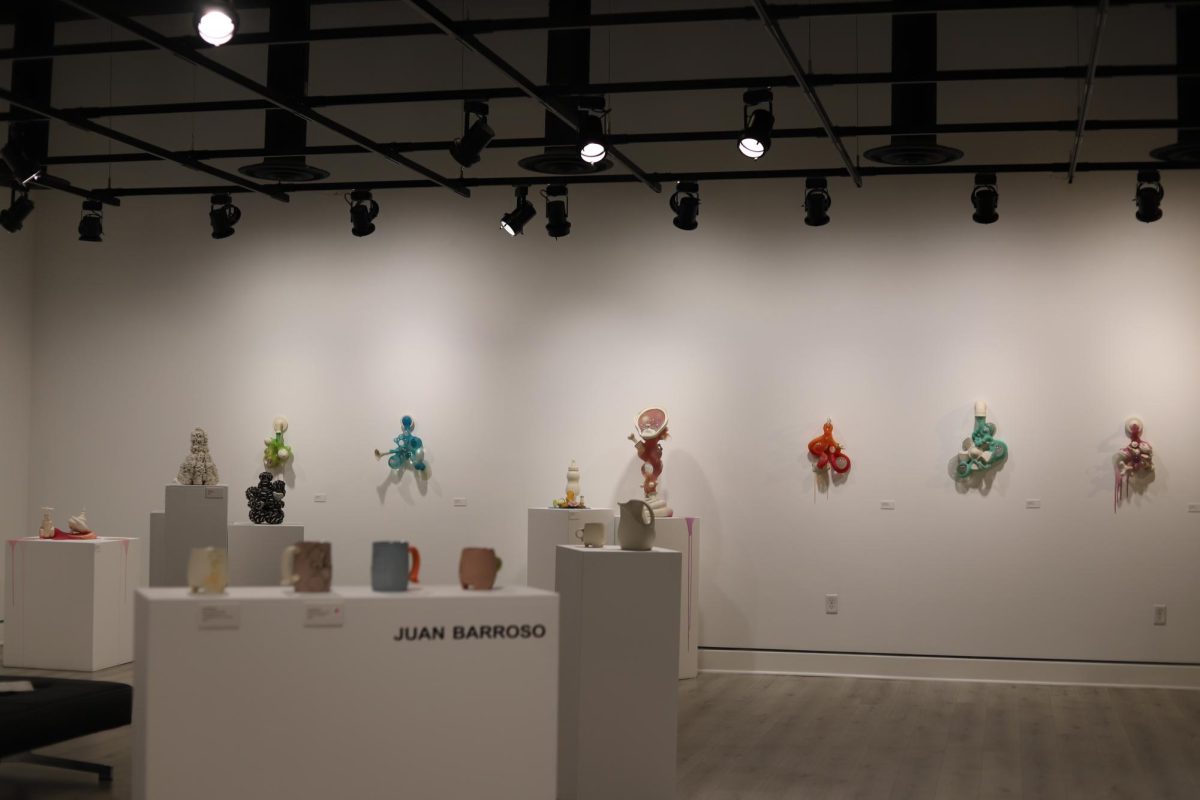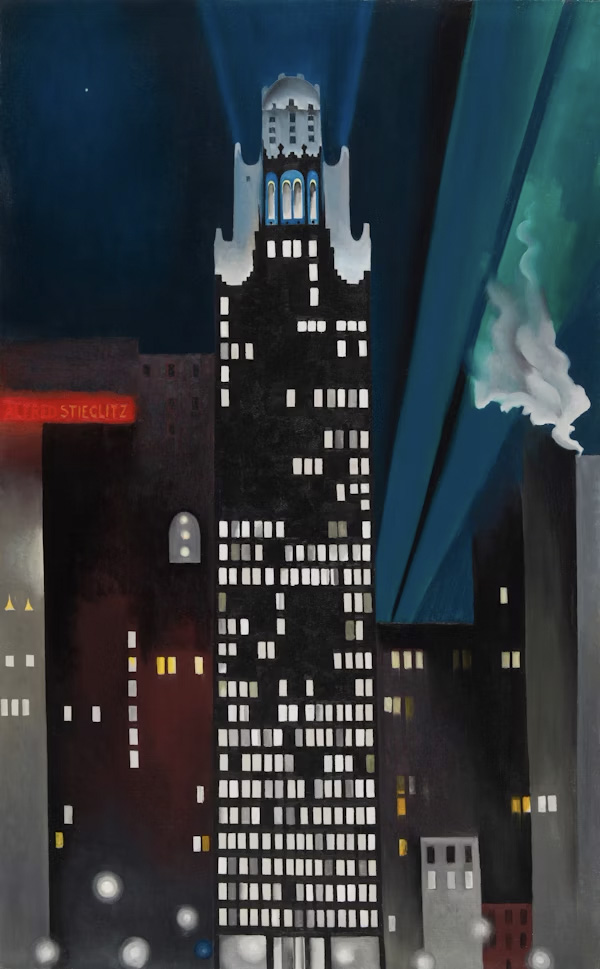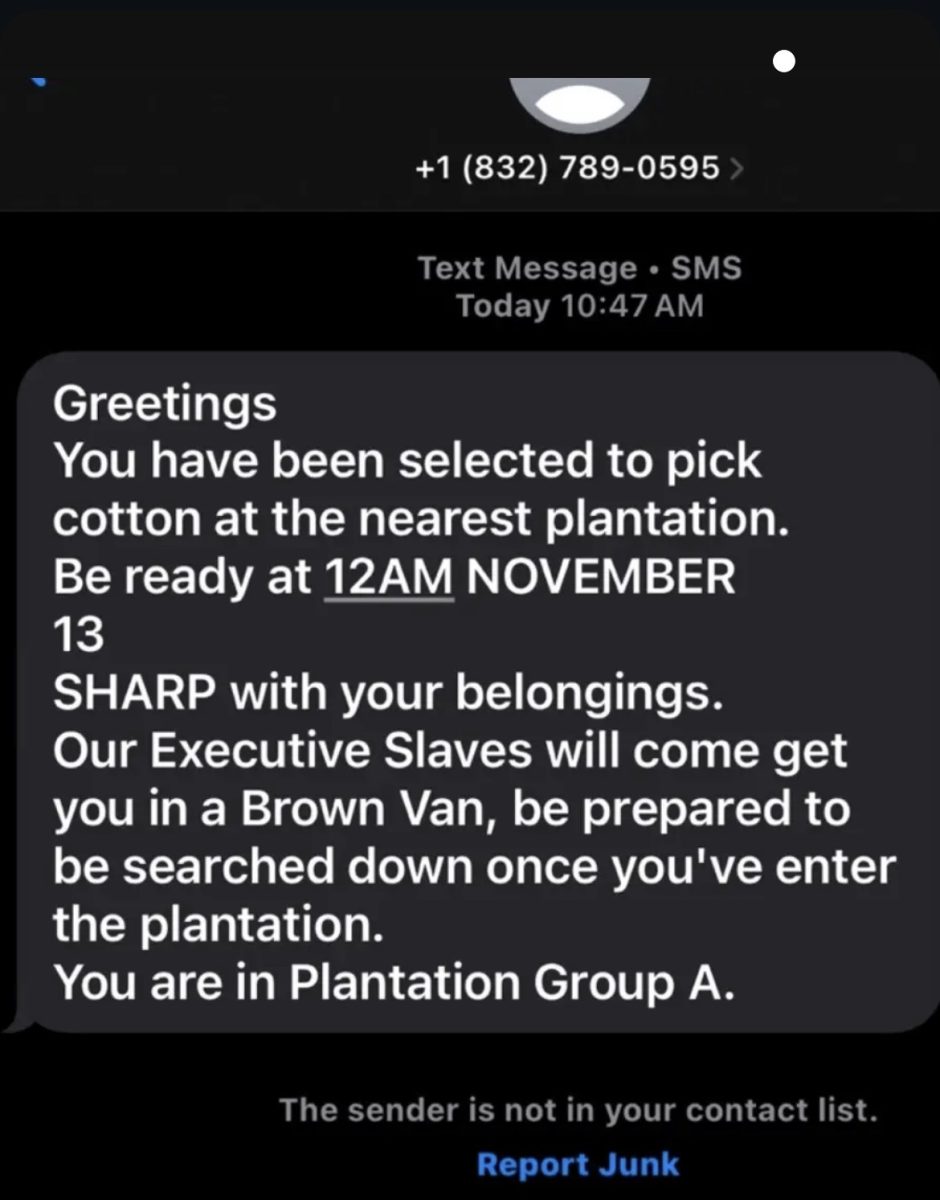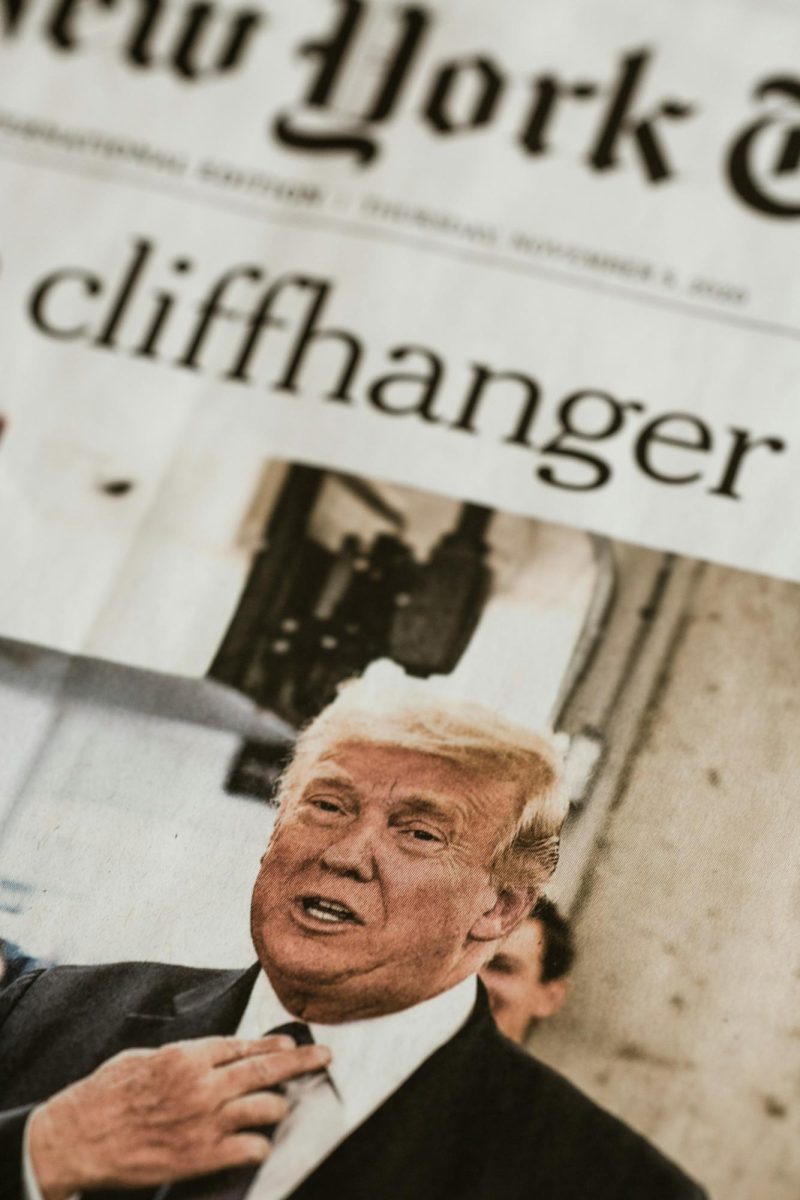Posted: May 4, 2015 | Updated: May 5, 2015 | Written by Brooke Cary
The Riverside International Film Festival created a new award at this year’s film festival when the locally filmed movie, “Found on South Street,” screened publicly for the first time at Fox Theater on April 3.
The new award is the Founder’s Award for Innovation, given to “South Street” for raising awareness on issues facing the Deaf and overcoming unique challenges of making a film for the Deaf.
“South Street” is a student-produced film that has been piquing the interest of deaf schools around the country.
Jonathan Blair, director of the film, is a Child of a Deaf Adult (CODA) and first-time film director. Despite his limited experience in the film industry, “South Street” received acclaim from the Riverside Film Festival’s judges, California Association for the Deaf, and members of the Deaf community for raising awareness about Deaf culture and real issues facing the Deaf.
“The feedback has been really good,” said Jackson Brown, a deaf professor of ASL at California Baptist University and one of the actors in the film. “They were impressed with how we put in the different perspectives of the Deaf on their own culture. Yeah. Deaf people have really liked it so far.”
“South Street” features part of the life and struggle of a deaf individual, his ownership of Deaf culture and the gap between the deaf and hearing world. One of the challenges in making the film was producing the film completely in American Sign Language, said Taylor Buckley, cinematographer for the film.
“The film is meant to be understood completely by the Deaf and the Hearing simultaneously, without subtitles,” Blair said, although subtitles are provided as an aid to the hearing.
“We went to great pains to make sure that all the signs were on screen, not off or obstructed at all,” Buckley said during a Q-and-A session at the festival. “That was a huge focus.”
Before the film screened publicly at the festival, the film was shown privately for 20-25 deaf individuals. Among viewers were the president and vice president of the California Association for the Deaf, Riverside.
In the film, real-world frustrations are put on display as an interpreter fails to show up to classes or miscommunication leads to unnecessary violence with the police. After the third showing of the film, a hearing woman asked if such events were dramatized or if things like that really happen.
“That was a real life example right there of why this film needs to be told,” Blair said. “It raises questions and starts discussions about the Deaf community … which is our whole goal … to raise awareness about this.”
An Emergency Medical Technician in the audience, who wished to remain anonymous, said their emergency response team encountered a deaf patient who was having a heart attack but they were unable to save him in time; simply because they could not communicate with him. This particular EMT has been taking classes and learning ASL to prevent this from happening again with his team.
“I felt like it was needed,” he said.
“Found on South Street” has garnered the interest of deaf schools such as Gallaudet University in Washington D.C. Gallaudet University was established in 1964 by Congress and is “the world’s only university with programs and services specifically designed to accommodate deaf and hard of hearing students,” according to the University’s website, www.gallaudet.edu.
California School for the Deaf in Riverside also has expressed interest in the film. Both Gallaudet and CSDR have extended invitations to have South Street filmed on its campuses. The film has also been entered into 13 film festivals across the nation, which will be taking place throughout the year, according to Blair.
Blair’s vision for raising awareness about Deaf culture through film and projects for the Deaf is expanding in the U.S. and internationally.
“Even now, we’re developing plans,” Blair said. “One of the goals is to raise awareness … any revenue brought in by this film will be going to that. Right now, we’re focused on a group in Malawi who do not have a language, don’t even have a signed language.”
Blair is working on compiling a team of linguists, interpreters and researchers to travel to a small community in Malawi, Africa, this year. The goal is to develop a signed language that is unique to their culture, much like American Sign Language is unique to the American Deaf community.
“Our goal is not to just colonize and give them American Sign Language,” Blair added. “The bulk of the research will be going into the language there and developing that. The research would be going into what that language would look like.”
“We’d like to take it further and explore the lives of deaf people around the world, whose plights are often far worse.”



